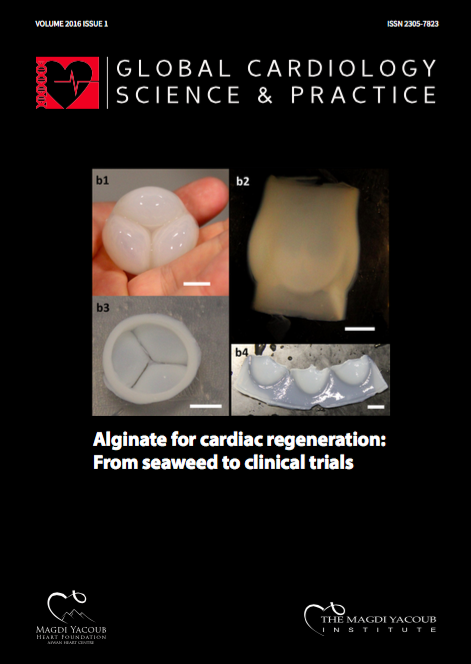Molecular mechanisms of cardiovascular benefits of exercise: Running for cover from heart disease
DOI:
https://doi.org/10.21542/gcsp.2016.3Abstract
The benefits of exercise have been recognized since ancient times. Physically active men and women have an approximately 30% lower risk of death compared with inactive people. Several trials have recently shown the favorable impact of exercise on survival and quality of life. In the PARIS study, four months of endurance exercise training in elderly patients with heart failure and preserved ejection fraction caused a significant improvement in peak exercise capacity. Moreover in the Copenhagen City Heart Study, jogging up to 2.5 h per week at a slow or average pace and a frequency of 3 times per week was associated with a significant increase in survival (6.2 years in men and 5.6 years in women). These findings imply that exercise improves peripheral vascular, microvascular, and/or skeletal muscle functions and causes an increase in oxygen transport and utilization by the active skeletal muscle.1 However, the exact molecular mechanisms of the cardiovascular benefits of exercise remained largely unknown until very recently. Two recent reports serve to shed some light on the potential role for irisin and miRNA-222 in this subject.
Downloads
Published
Issue
Section
License
This is an open access article distributed under the terms of the Creative Commons Attribution license CC BY 4.0, which permits unrestricted use, distribution and reproduction in any medium, provided the original work is properly cited.


